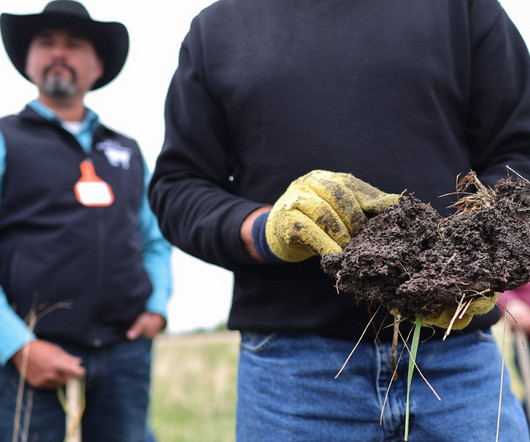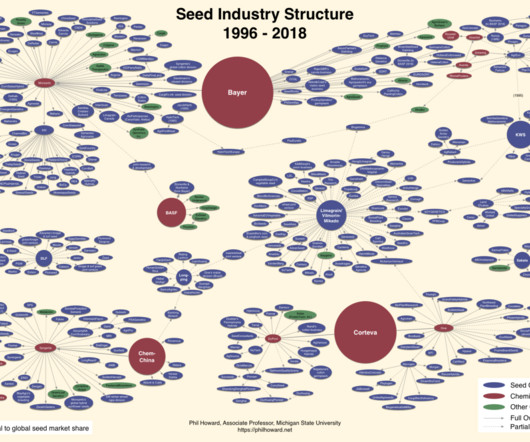Precision Ag News 4/10
Agwired
APRIL 10, 2024
Department of Agriculture published the second edition of Quantifying Greenhouse Gas Fluxes in Agriculture and Forestry: Methods for Entity Scale Inventory. The report provides farmers, ranchers, and forest landowners with the methods and tools needed to assess the greenhouse gas (GHG) footprint of their operations.











Let's personalize your content